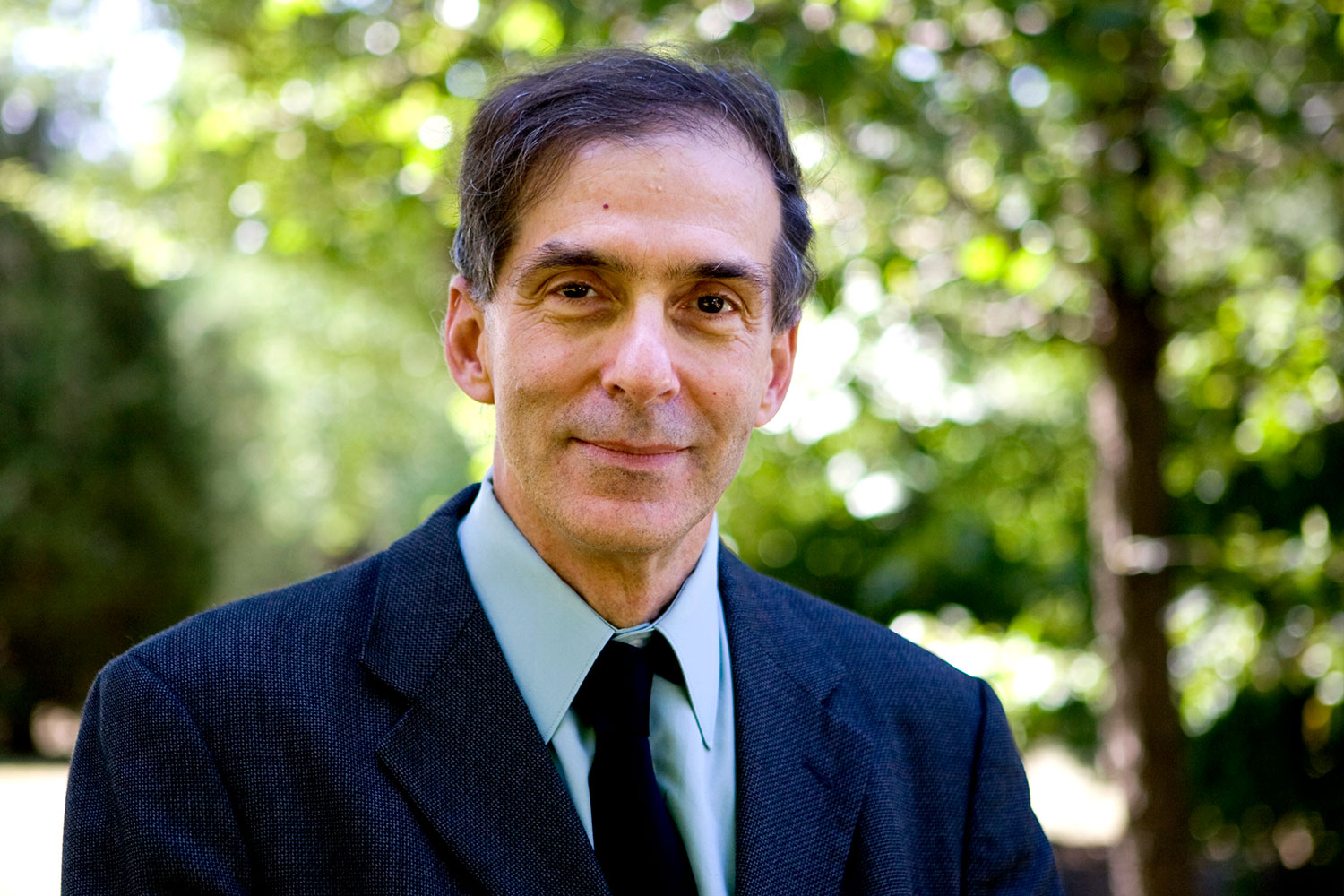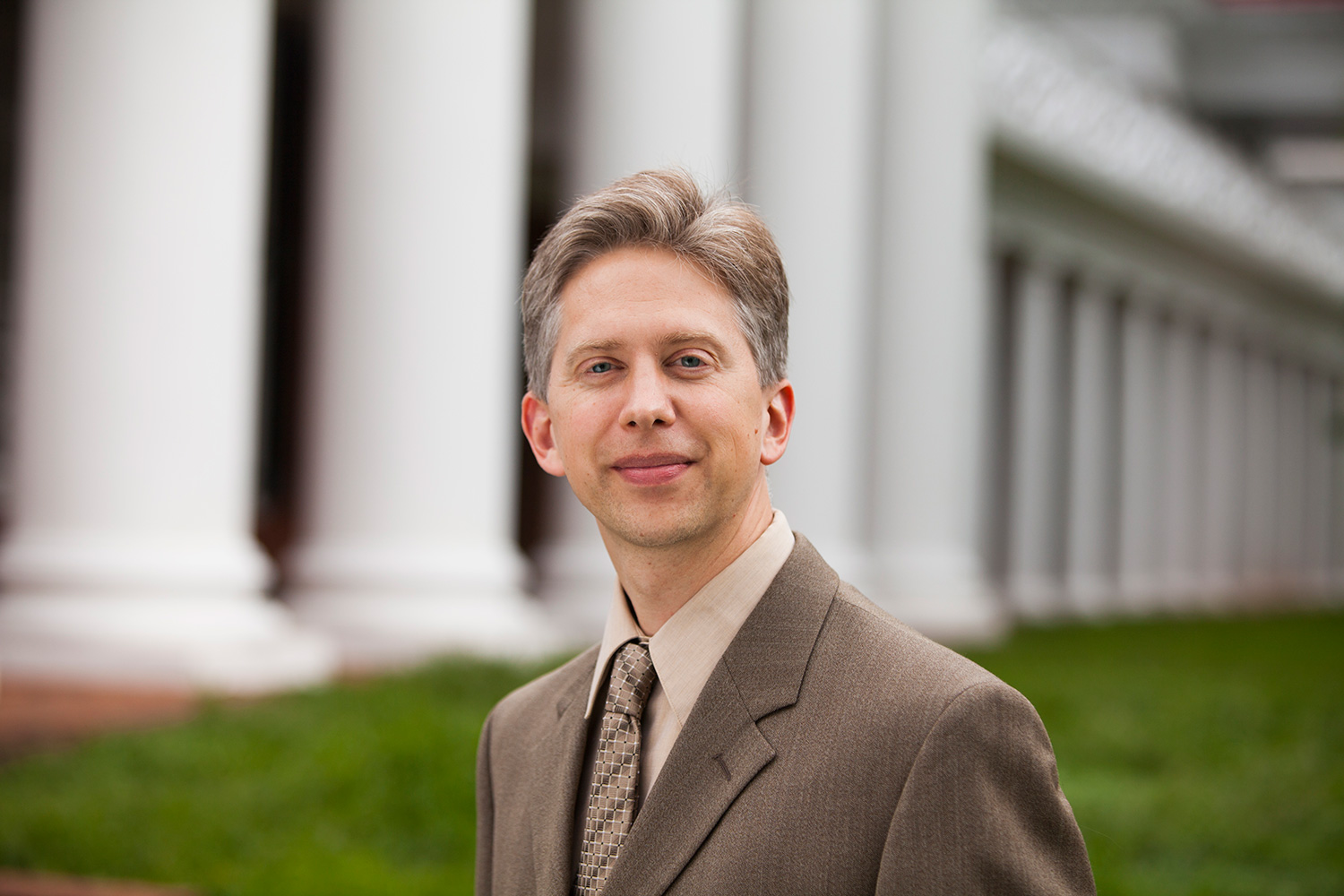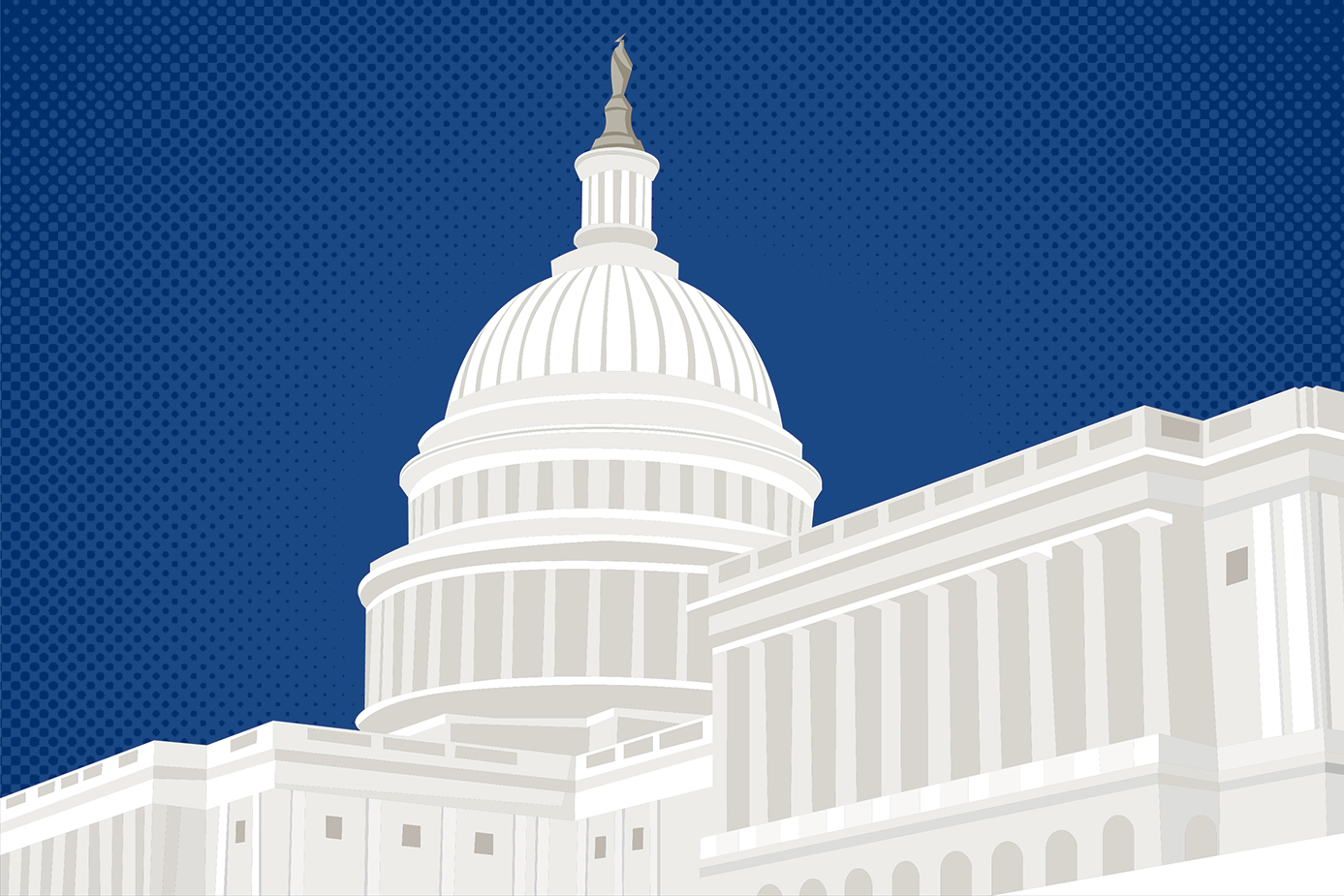After one of the most contentious presidential campaigns in American history, it seems as if the United States is more divided than ever before. Yet political experts at the University of Virginia point to several lessons and even data from recent history that could help elected officials from both parties bridge the divide.
“Right now, there are so many dividing lines it feels as if they are beginning to cross over each other,” Barbara Perry said. “That’s what I think is also stirring people’s emotions this time around that I don’t remember nearly so much of in the Bush v. Gore controversy.”
Perry, director of presidential studies at the University of Virginia’s Miller Center and co-chair of the center’s Presidential Oral History program, explained that while there seem to be more divisions along lines of race, class and region in 2016, there are still lessons that can be learned from the somewhat-similar situation in 2000.

Barbara Perry is the director of presidential studies at the Miller Center and co-chair of the center’s Presidential Oral History program. (Photo by Amber Reichert)
Like 2016, the 2000 campaign saw one candidate win the presidency with a majority of Electoral College votes, but lose the popular vote. Then-Texas Gov. George W. Bush and Vice President Al Gore famously went to the Supreme Court to settle the disputed vote count in Florida and tensions continued to run high even after the court sided with Bush and Gore conceded.
“After taking office, President Bush reached out almost immediately to Senator Ted Kennedy,” Perry said. “He knew Ted Kennedy was the great warrior on Capitol Hill for the Democrats, but he also knew that Kennedy, like him, was interested in education reform. Right after the inauguration, he invited Kennedy and his family to the White House to watch ‘Thirteen Days,’ a movie about John F. Kennedy and the Cuban Missile Crisis.”
Kennedy was reportedly moved by this nod to his brother’s accomplishments and offered his willingness to work with Bush on shared goals in a thank-you note following the screening. The senator never backed down as a vocal critic of the president on areas where they disagreed, but that early meeting helped pave the way for major Bush-Kennedy collaborations like the No Child Left Behind Act.

“When we say ‘What can be done to unify the country?,’ outreach like that can go a long way,” Perry said. “It makes it easier for the president and people on the Hill from the other party to find common ground and say, ‘Let’s find what we can agree on and do it.’”
While Bush was in a similar situation to President-elect Trump after winning the presidency and losing the popular vote, he did not have the advantage of party majority in both the House and the Senate, as Trump does. UVA Professor of Politics James Ceaser argues that lessons from the Obama administration and even the campaign trail show why Trump may be motivated to reach across the aisle anyway.
He points out that Democratic majorities in the House and the Senate helped Obama pass his signature health care legislation with single-party support, but reliance on that majority likely hurt him later.

James Ceaser is a professor of politics whose research focuses on American politics and political thought. (Photo by Jane Haley)
“Many in the nation regarded what happened in Obama’s first two years as an overreach and that was the beginning of the process of the decline of the Democratic Party’s majority,” Ceaser said. “In the 2010 election, President Obama received what he called ‘a shellacking’ with the loss of the House and many Democratic governorships and state legislatures and it continued even in 2012 and 2014.”
Ceaser added that while that reliance on the majority was not the only factor in the Democrats’ later losses, it was certainly a contributing cause. “Trump might want to be careful of repeating that,” he said.
The 2016 campaign revealed some issues that could lend themselves to bipartisan action. Factions in both parties have called for changes to major global trade agreements, and there is a general consensus that infrastructure improvements should be a priority.
“There are a few things that the Democratic Party holds together with Trump, like infrastructure,” Ceaser said. “The majority in Congress might become a collection of parts of the Democrats and parts of the Republicans. We’re seeing issues that could open that up.”
When it comes to the nuts and bolts of forming individual working relationships, the new administration may want to look at the existing data on bipartisanship. UVA’s Craig Volden is the co-creator of the Legislative Effectiveness Project, a precise research methodology that ranks legislators’ effectiveness based on their ability to successfully advance their agenda and bring bills into law, and has data that reveals which Democratic members of the House of Representatives could be the most effective bipartisan allies.
Volden, who serves as a professor of public policy and politics and associate dean for academic affairs at the Frank Batten School of Leadership and Public Policy, assembled his list of recommendations based on data from his calculated legislative effectiveness scores and the Lugar Center’s Bipartisan Index.

Craig Volden is co-creator of the Legislative Effectiveness Project and serves as a professor of public policy and politics and associate dean for academic affairs at the Frank Batten School. (Photo by Don Hamerman)
“For House members, there are five current Democratic lawmakers who scored ‘exceeded expectations’ on our website and were also among the top 50 members in terms of bipartisanship. Both evaluations are based on the most recently completed 113th Congress,” he said.
Those five representatives are Kurt Schrader of Oregon, Ed Perlmutter of Colorado, Tulsi Gabbard of Hawaii, Bill Pascrell of New Jersey and Debbie Wasserman Schultz of Florida.
(Volden added a caveat to the bipartisan effectiveness of Wasserman Schultz. Despite the statistics in her favor, she is currently unpopular with both parties after scandals she faced as chairperson of the Democratic National Committee.)
Volden’s data on the Senate is not yet complete, but Ceaser said that the first obvious choice for outreach there is new Senate minority leader, Charles Schumer. Schumer will be the most powerful Democratic senator and is already well-acquainted with his fellow New Yorker, Donald Trump.
Whatever path forward the new administration chooses, all three UVA experts saw multiple options for pursuing greater national unity in the future.
“They’ll have to go through different areas to make any bipartisan moves,” Ceaser said. “It won’t come down to just one person.”
Media Contact
Article Information
November 22, 2016
/content/uva-experts-suggest-pathways-bipartisan-progress

